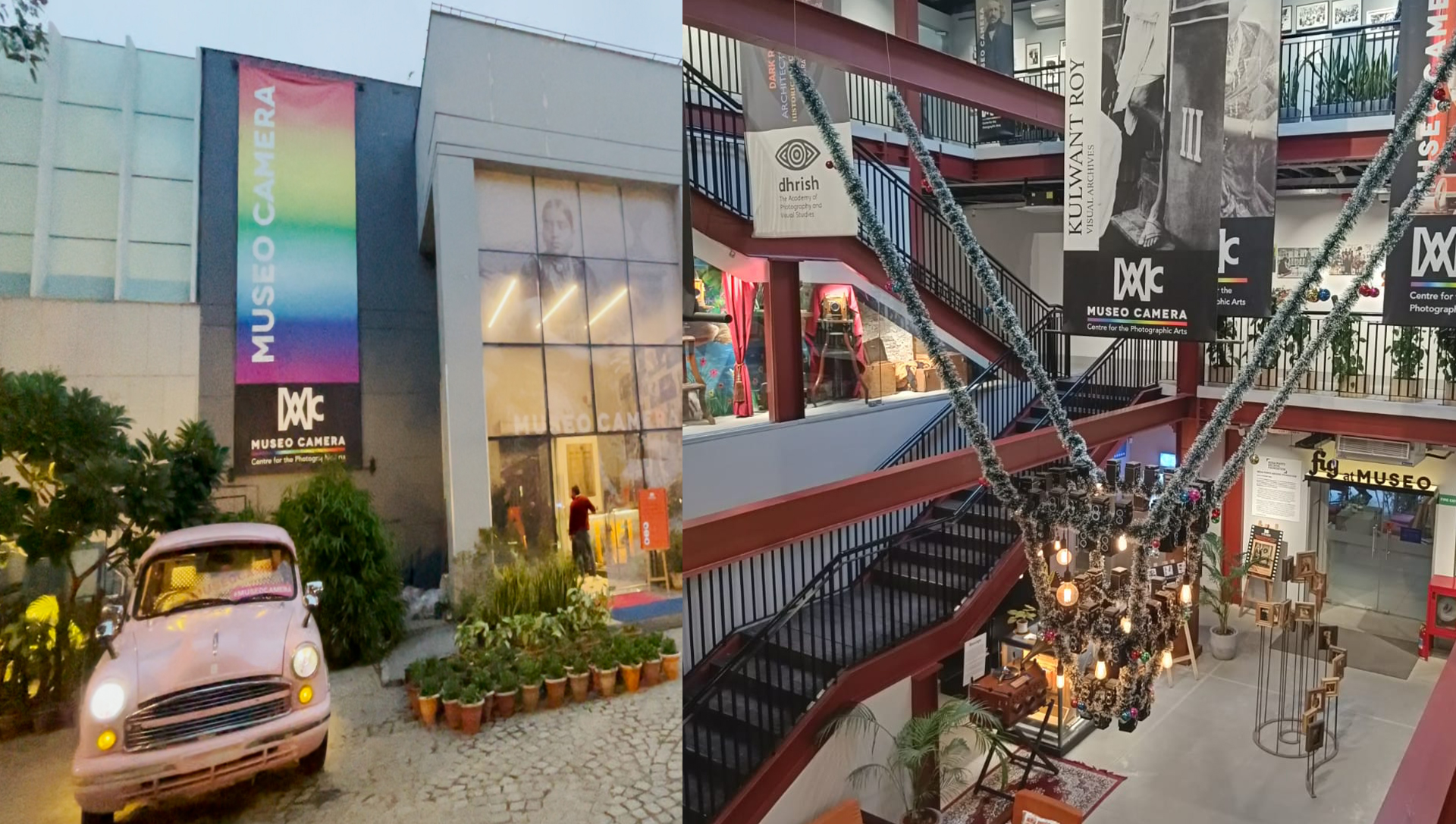GURUGRAM: “This is a very special place to celebrate photography and we are one of the most unique museums,” said Aditya Arya to The New Indian. Arya is a historian, activist and photographer who first and foremost calls himself a collector of vintage cameras and photographic equipment from all over the world. He is the Director and Trustee of the India Photo Archive Foundation (IPAF). IPAF is one of the two founding partners of ‘Museo Camera’, a Gurugram-based museum which is the only photography and camera museum in the Indian subcontinent.
Museo Camera is a one-of-a-kind site that has dedicated approximately 18,000 square feet to the art of photography in Sector 28 of Gurugram. The museum is the result of a private partnership between the India Photo Archive Foundation (IPAF) and the Municipal Corporation of Gurugram.
The three-story property boasts vintage cameras from all around the globe, art galleries, a darkroom, a library and a cafe. With more than 3,000 rare and iconic cameras, this museum traces the history of photography from the 1870s to the Digital Era.
The museum line-up begins with the world’s first ‘camera obscura’ to the modern- day DSLR camera. This museum has a camera that weighs up to 500 kilograms and on the opposite side of the spectrum, it features mini spy cams from lens pioneers, the likes of Eastman Kodak, Leica etc.
Arya further spoke to The New Indian telling us that the journey of establishing a museum like this began in 2009. Arya collected vintage cameras globetrotting as a travel photographer and after 40 years in the field of photography, he came up with this “unique and excellent” museum of cameras named ‘Museo Camera’.
According to Arya, “this place is important because people should know that the world of photography does not begin with a 32GB card and a digital camera.” Arya is keeping alive the magic of analogue photography through this museum.
Various panels installed in the museum depict a range of defining moments in photography starting from 1827 when French inventor Joseph Nicéphore Niépce made an image using ‘camera obscura’.
The white walls of the museum are adorned with black and white photographs taken by late photojournalist Kulwant Roy. Roy was personally responsible for several iconic images ranging from the Indian independence movement to the early years of the Republic of India.
The museum also organises many educational programmes and workshops at the venue itself. Attendance ranges from college-going photography enthusiasts to even older lensmen looking to relive and revise the history of the camera.
“This museum is precious to the photographer and extremely valuable. The way Aditya has done it, is really brave, meaningful and well-researched,” eminent Indian photojournalist Raghu Rai told The New Indian.
Unlike any other museum, there is a sign that proudly says “Photography Strictly Permitted”. It is safe to say that the Museo Camera is a place not only for professional shutterbugs but is a place that is thriving to bring out the shutterbug in every individual that walks into its visually inspiring corridors.

